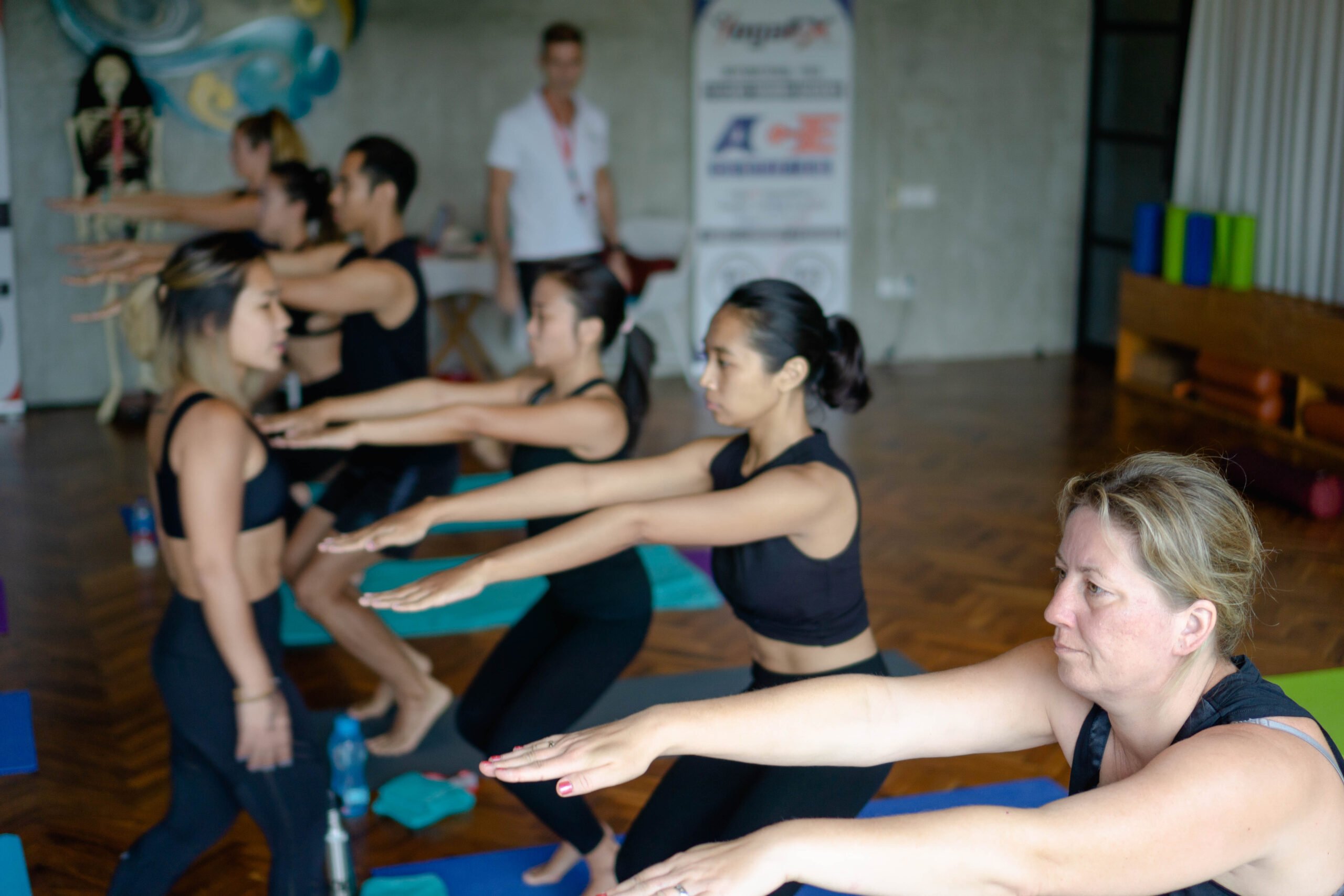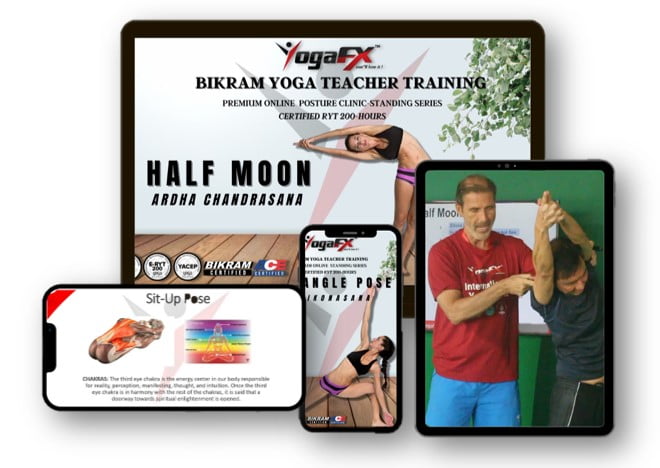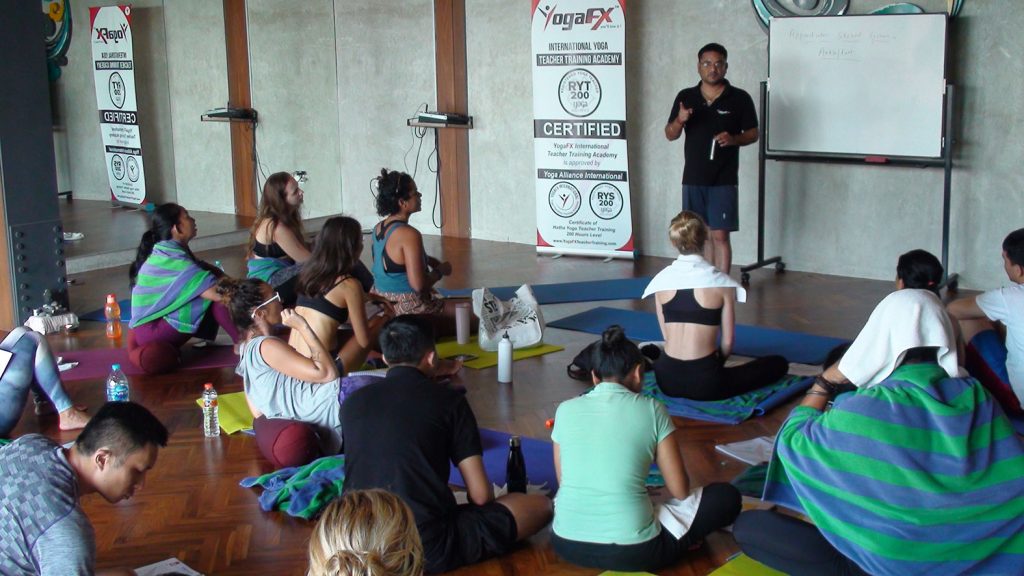Yoga Namaskar, also known as Sun Salutation, is a powerful and revered practice within the realm of yoga. Derived from the Sanskrit words “Yoga” meaning union and “Namaskar” meaning salutation or greeting, Yoga Namaskar represents the profound connection between mind, body, and spirit. It is a holistic practice that combines movement, breath, and mindfulness to create a harmonious and transformative experience. In this article, we will explore the essence and significance of Yoga Namaskar, diving into its origins, variations, and the transformative effects it can have on our overall well-being. Join us as we delve into the world of Yoga Namaskar, a sacred practice that harmonizes the body, calms the mind, and nourishes the soul.
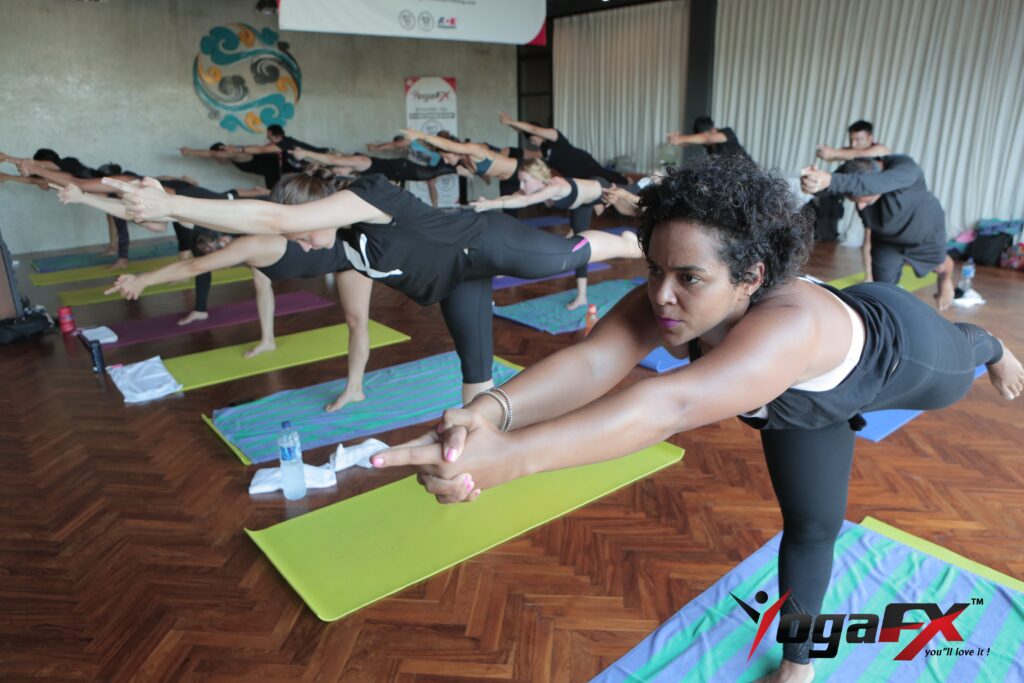
Understanding Yoga Namaskar
Yoga Namaskar is believed to have originated in ancient India as a way to honor and express gratitude to the sun, which symbolizes vitality, light, and life energy. The practice consists of a sequence of postures that flow seamlessly together, creating a rhythmic and meditative movement. Each posture within Yoga Namaskar has a specific purpose, targeting different areas of the body and providing a holistic experience of physical and spiritual connection. By synchronizing breath with movement, practitioners cultivate mindfulness and awareness, fostering a deeper union between the body, breath, and consciousness.
The Components of Yoga Namaskar
Yoga Namaskar comprises a sequence of postures that flow harmoniously to create a balanced practice. The sequence typically includes poses such as Mountain Pose (Tadasana), Forward Fold (Uttanasana), Plank Pose (Phalakasana), and Upward Facing Dog (Urdhva Mukha Svanasana), among others. Each posture serves a unique purpose, such as stretching and strengthening the muscles, improving flexibility, and promoting spinal alignment. As practitioners flow through the sequence, they cultivate physical strength, balance, and focus, while also experiencing a sense of energetic revitalization.
“Success Is Getting What You Want, Happiness Is Wanting What You Get.”
Variations of Yoga Namaskar
Yoga Namaskar can be practiced in various styles and variations, each with its own unique characteristics and benefits. One popular variation is the 26 and 2 yoga, also known as Bikram Yoga or Hot Yoga. This style involves a sequence of 26 postures and 2 breathing exercises, performed in a heated room. The intense heat helps to detoxify the body, enhance flexibility, and deepen the practice. Bikram Yoga known for its focus on physical strength, endurance, and mental discipline. Many practitioners find this challenging yet rewarding style to be transformative for their overall well-being.
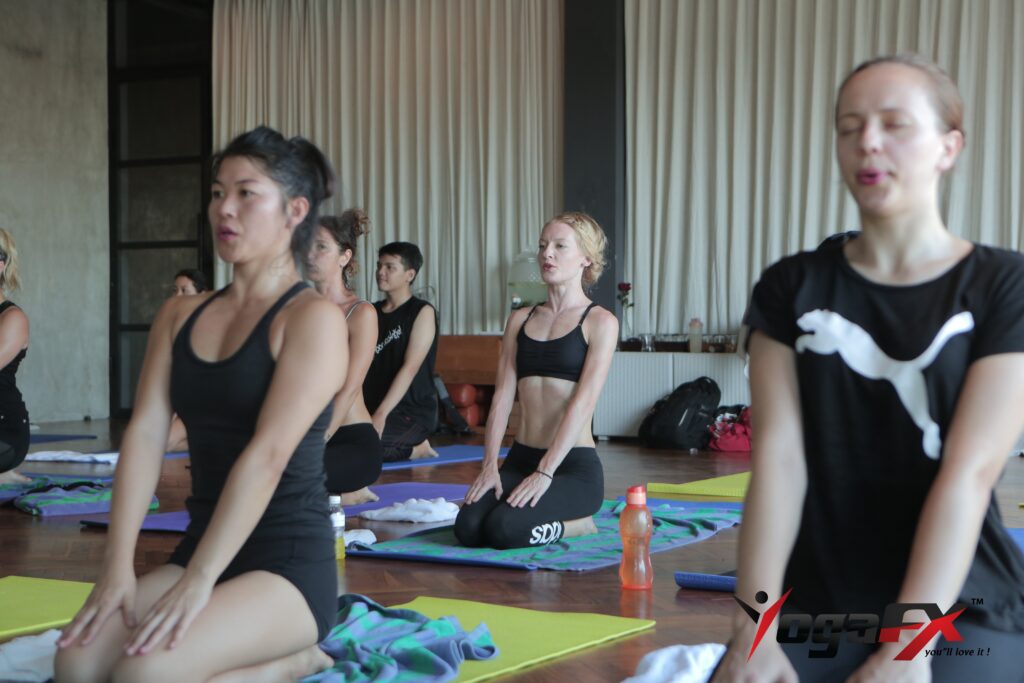
Incorporating Yoga Namaskar into Your Practice
Yoga Namaskar can be incorporated into a regular yoga routine to provide a well-rounded and invigorating experience. Practitioners can begin their practice with a few rounds of Yoga Namaskar to warm up the body, center the mind, and create a seamless transition into the rest of their yoga sequence. It can also be practiced as a standalone sequence for a quick yet effective workout. Modifying the intensity and pace of the sequence allows individuals of different levels and abilities to enjoy the benefits of Yoga. Whether you prefer a gentle flow or a dynamic practice, adapting Yoga to suit your needs ensures a fulfilling and personalized experience.
Cultivating Mindfulness and Spiritual Connection
Yoga Namaskar not only nurtures physical fitness but also cultivates mindfulness and spiritual connection. By paying attention to their breath, practitioners enter a meditative state, fostering a deep awareness of the present moment. This mindfulness helps to calm the fluctuations of the mind and promotes a sense of inner peace and tranquillity. Through the practice of Yoga, individuals can tap into their inner wisdom, connect with their higher selves, and experience a profound sense of unity and interconnectedness with the world around them.
Yoga and Self-Reflection
Yoga Namaskar provides a valuable opportunity for self-reflection and introspection. As practitioners flow through the sequence, they can bring awareness to their intentions, express gratitude, or set positive affirmations. This reflective aspect of the practice deepens the transformative potential, allowing individuals to explore their inner landscape, uncover limiting beliefs, and cultivate self-love and acceptance. By integrating self-reflection into Yoga, practitioners create a sacred space for personal growth, healing, and self-discovery.

Conclusion
Yoga Namaskar, the sacred salutation, invites us to embark on a journey of physical and spiritual connection. Its rhythmic flow, intentional breathwork, and meditative qualities offer a transformative experience that goes beyond the physical postures. If you are passionate about sharing the transformative benefits of Yoga and becoming a certified yoga instructor, consider enrolling in the 26 and 2 yoga teacher training offered by Mr. Ian YogaFX.
As a Yoga Alliance certified instructor and ACE trainer, Mr Ian YogaFX provides comprehensive education. Then practical experience, and certification in Bikram Hot YogaFX. This training program equips you with the skills, knowledge, and confidence to teach the 26 and 2 yoga sequence. Then empowering you to share the transformative benefits of hot yoga with others. Embrace the beauty and power of Yoga as you embark on a journey of self-discovery, growth, and connection. Let the sacred salutation guide you towards a path of wellness, balance, and inner harmony.

